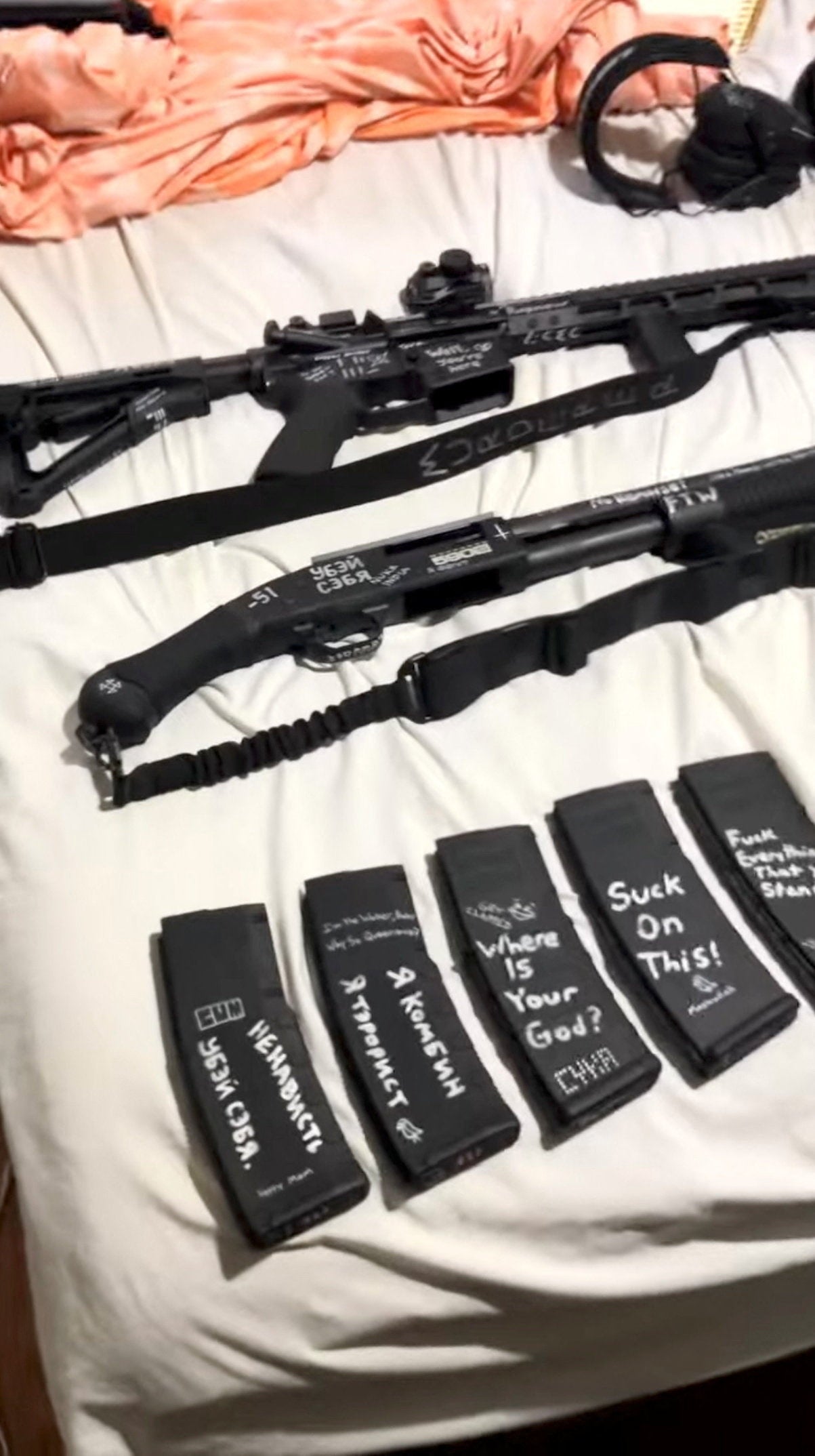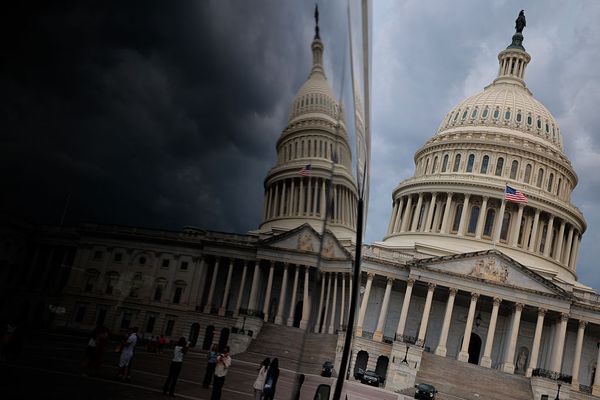A fatal attack at a school church in Minnesota marked the 44th school shooting in the United States this year, killing two young children and wounding more.
School shootings have been rising over the past decade, in particular since the Covid pandemic, even as some states tighten their gun laws.
Following the latest attack, Minneapolis Mayor Jacob Frey has called for federal and state bans on some semiautomatic weapons and high-capacity magazines.
“I know we’d be happy to prevent a next mass shooting from taking place,” he said. And Minnesota senator Amy Klobuchar criticised “colleagues who won’t stand up and vote for some stricter national gun standards.”
Alongside mass shootings, gun violence at schools across the U.S. has increase in recent years, with a rise in gun-related suicides, targeted shootings, and accidental gunfire.
There have been 44 school shootings in the U.S. so far this year - with hundreds since 2008, according to CNN.
Last year saw the most school shootings in history (83); with each year since 2021 setting new record highs. That’s roughly one school shooting every four days.
Apart from 2020, when a large percentage of schools were closed as social distancing restrictions were in place to fight the pandemic, shootings have largely been on the rise since 2012.
What qualifies as a school shooting varies in definition, but is generally considered an armed attack at an educational institution where one or more people are killed. But mass shootings, such as this week’s Minneapolis attack that killed two children and left 18 other people injured, are not the only types of gun violence affecting schools.
There have been thousands of gun violence incidents at schools since the year 2000, according to the K-12 School Shooting Database, including suicides or attempted suicides.
In addition, there have been many instances of accidental shootings, such as a loaded gun going off in a child’s backpack in Maryland earlier this year.
As a result, over 1,200 children have been victims of gun-related incidents at school in the past 25 years; with some 265 children dead, the data shows.
School shooter profiles
Almost all school shooters have been men, both when looking at mass shootings, targeted shootings and suicides.
The average age of adolescent school shooters is 16 years-old, according to The American School Shooting Study, using data from 1990-2016. The majority, 71 percent, of school shooters are under 19 years old.
A quarter of perpetrators of school shootings were identified as having had psychological issues. Among mass shooters, this jumped to 75 percent.
Vice President JD Vance warned of a “mental health crisis” following the Minneapolis shooting, as a “root cause of this violence.”
More perpetrators involved in shootings at school are from a lower socioeconomic background; but mass school shooters tend to be from all levels of financial backgrounds.
The US is the gun capital of the world
The United States has the most guns of any country, around one-third of all firearms in the world.
The number of firearms in the U.S. is higher than the number of Americans - at 393 million in 2017, according to the Small Arms Survey, and estimated around 500 million now. Over 15 million guns were sold in the U.S. last year, according to data from gun violence newsroom, The Trace.
Gun sales in Texas are highest across the country, monthly data for June shows, with over 108,000 guns sold, followed by Florida, Pennsylvania, California and Ohio.
These states have also had the highest number of victims die from gun violence at schools - with 98 killed in California, 88 in Texas and 53 in Florida, since records began in 1966.
Chicago is a hub for shootings at schools, with 66 incidents since the year 2000, according to the databases. The city has struggled with gun violence, seeing 573 murders last year and more than 10,000 illegal guns seized in 2022.
Minneapolis, the site of this week’s mass shooting at a school church, has seen 14 school shootings since 2000.
Gun laws in different states
The Second Amendment protects the right to bear arms - own a gun - as a Constitutional right. But different states have varying approaches to gun laws, from the most liberal, such as Idaho and Montana, to the strictest, like California.
A federal ban on assault weapons was put in place under President Bill Clinton in 1994, but it expired a decade later, and many efforts to push a similar bill through Congress have failed.
Eleven states have adopted their own bans on assault weapons, most recently Illinois.
Minnesota, the site of the latest school shooting, has tightened gun laws in recent years with measures such as expanding background checks.
But Minnesota does not have a ban on high-capacity magazine rifles - which are able to fire more than 10 rounds before reloading. The school shooter, Robin Westman, fired 116 rifle rounds into the church in less than four minutes, according to investigators - having also brought a pistol and shotgun to carry out the attack.
“I think we’d be happy to ban assault rifles here in Minneapolis,” Frey said Wednesday. “Why do you need these high capacity magazine clips, where you can reel [off] 30 bullets before you even need to reload? These kinds of weapons of destruction and chaos can cause havoc in cities.”

Over half of states, 28 in total, have no permit requirements for those buying guns. Westman was able to legally obtain a gun even with Minnesota’s permit laws.
Access to guns is widespread. Around 42 percent of U.S. adults keep a gun in their household, according to Pew Research. Roughly 28 percent of urban households also say they own a gun.
The data also show minors may have access to guns through their parents, with 1 in 3 children living in firearm-owning homes, according to research from Schuster. A separate study found that four in ten school shooters used a gun owned by a relative.







